Summer is long gone and it’s time to look beyond the blockbuster. Our latest study of recent books about or related to the world of filmmaking is full of artistic titans––Sofia Coppola, Whit Stillman, Clint Eastwood, Christian Petzold, Kore-eda Hirokazu, Wes Anderson. This column also boasts a lengthy rundown of noteworthy novels, many of which will surely be brought to large and small screens in years to come. (Note that our next column, coming in just a few weeks, will include new books about Siskel and Ebert, Steven Spielberg, and the making of Oppenheimer.)
Archive by Sofia Coppola (MACK)
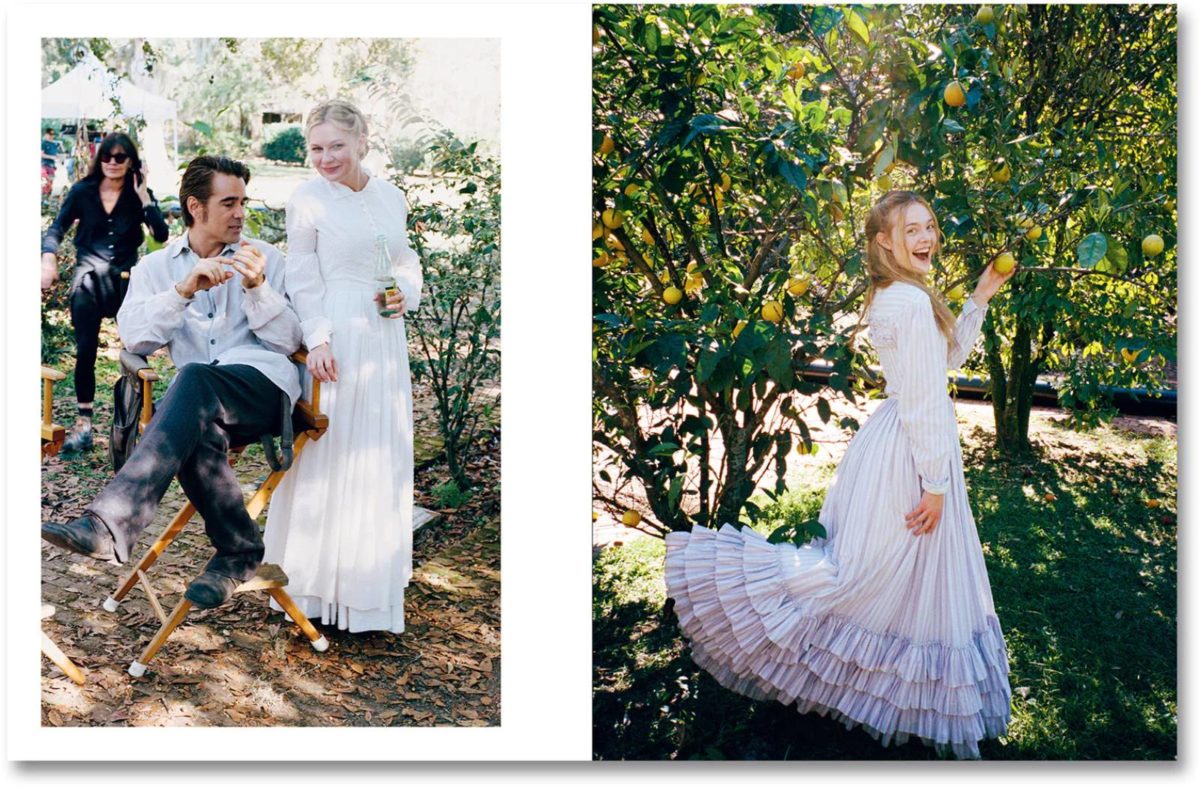
In recent years this column has covered several books focused on the iconic, inimitable Sofia Coppola, including a hardcover career overview and interview collection. Archive is constructed from the personal collection of the writer-director of The Virgin Suicides and Marie Antoinette herself. And as one would expect from a filmmaker known for her sense of style, fashion, and design, the result is positively gorgeous. It is packed with photos, ephemera, collages, and text––nearly 500 pages’ worth. Timed to arrive alongside her latest film, Priscilla, the mighty Archive is a truly fabulous creation for the Coppola congregation. (Available for pre-order now.)
Whit Stillman: Not so long ago (Fireflies Press/FIDMarseille)
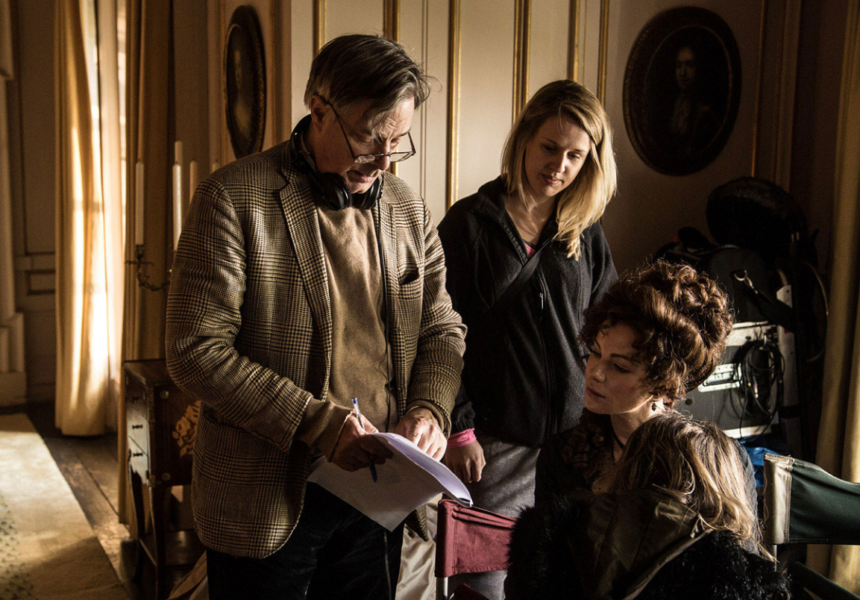
Fireflies Press includes its lovely, compact collections of must-own titles (see its Decadent Editions’ releases on Inland Empire and Goodbye, Dragon Inn that we covered in past columns) with a much-needed study of one of our most incisive and witty artists: Whit Stillman. The text covers, with probing detail, the entirety of the life and career of the writer-director-author, from Metropolitan, Barcelona, and The Last Days of Disco to more recent efforts Damsels in Distress and Love & Friendship. While the entirety of the book is both highly readable and hugely insightful, the “Archive” section is undoubtedly a favorite. (The Metropolitan “dossier” features an oh-so-Stillman admission: “Within the draft pages of an abandoned Metropolitan novella adaptation Stillman confesses, ‘I have burnt more novels than some prolific novelists have published. I am not proud of that.’”) As someone who treasures my used copy of Stillman’s 2000 Disco follow-up in novel form, The Last Days of Disco, With Cocktails at Petrossian Afterwards, having a new addition to the canon is cause for celebration.
Clint Eastwood: The Iconic Filmmaker and His Work by Ian Nathan (White Lion)
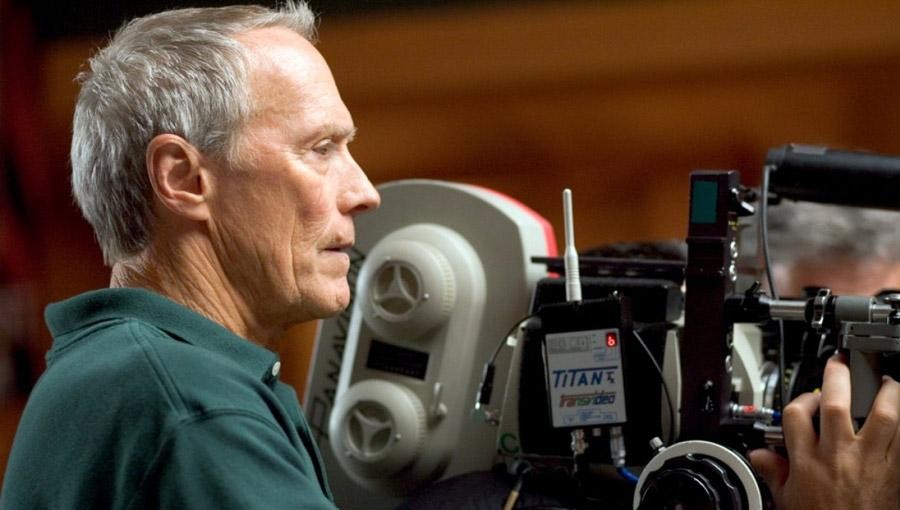
When the SAG strike ends, Clint Eastwood will put the finishing touches on what is said to be his final project, Juror #2. As Ian Nathan puts it in The Iconic Filmmaker and His Work, the legal thriller is “not unheard-of-terrain for Eastwood: Midnight in the Garden of Good and Evil and Changeling were, in part, courtroom thrillers. Another genre that has fallen out of fashion, as if such things matter to him.” That is the final sentence of this tremendously enjoyable book, and it hammers home a consistent theme––throughout his career Eastwood has smartly, unapologetically marched to the beat of his own drum. Nathan reminds us just how unique and varied those decisions have been. It’s enough to make one look at even “lesser” Eastwood projects (e.g. Breezy, White Hunter Black Heart, and Hereafter) with fresh eyes.
The Wes Anderson Collection: The French Dispatch by Matt Zoller Seitz (Abrams)
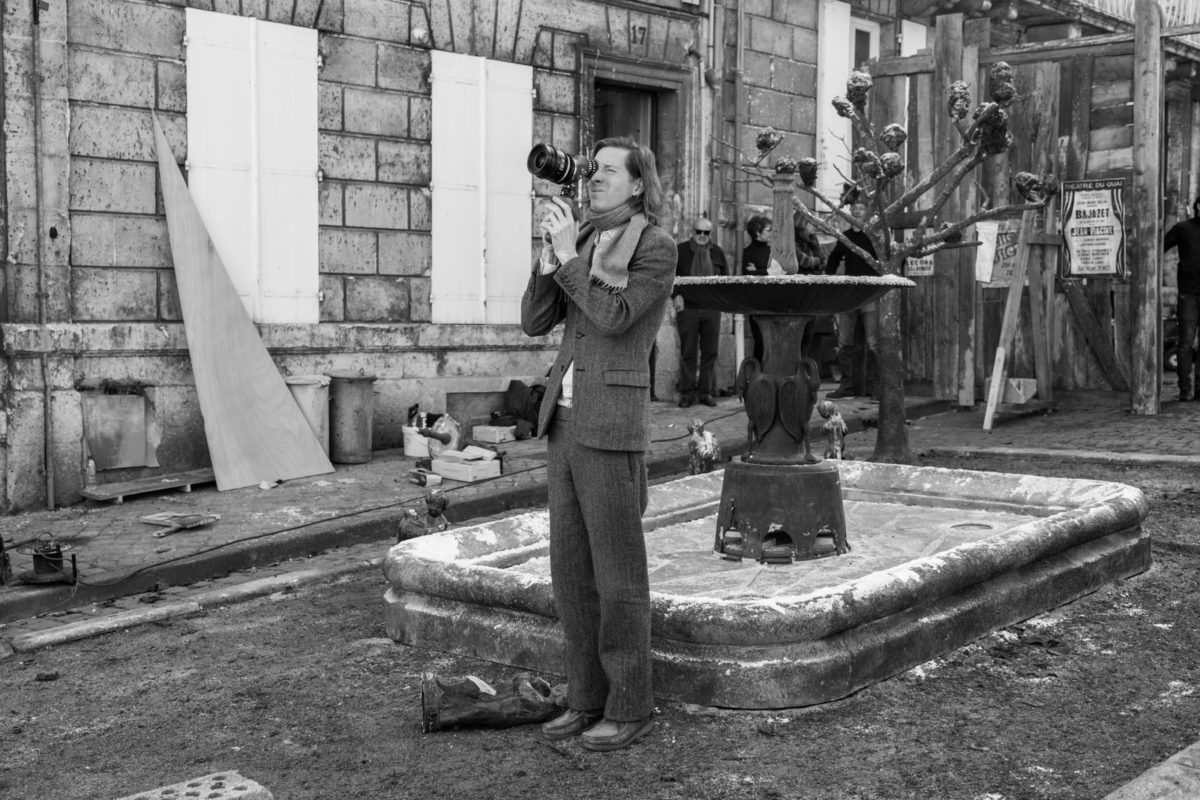
Abrams Books’ Wes Anderson Collection now encompasses four books––one spanning Bottle Rocket to Moonrise Kingdom, then individual volumes focused on The Grand Budapest Hotel, Isle of Dogs, and now The French Dispatch. Critic Matt Zoller Seitz returns to the series (he wrote the introduction for Dogs, which was authored by Lauren Wilford and Ryan Stevenson) and, per usual, the result is splendid. Anderson’s 2021 anthology film was mostly acclaimed upon release, yet––like much of the director’s post-Budapest output––seems underrated. Anderson-ites who were left unmoved by Dispatch may be inspired to give it a new look after reading Seitz’s loving, sidenote-heavy exploration. The author details how the film’s genesis can be traced back to 1987, “when Anderson started reading The New Yorker in his high school library.” The following 200-plus pages are bursting with stills, location shots, interviews, and even, in Aaron Aradillas’ “The First Cut is the Deepest,” an incisive study of Anderson’s use of music along with the inspirations for these selections. It is safe to assume that a year or so from now we’ll be discussing a Wes Anderson Collection book on Asteroid City; I can’t wait.
The inside stories of three classics:
The reflective tell-all genre of film writing is hard to top for entertainment and insight, especially when the selections are as beloved and wise as Scarface, A League of Their Own, and Airplane!

Part of the thrill of Surely You Can’t Be Serious: The True Story of Airplane! (St. Martin’s Press) is the joy in reading the story as relayed by the immortal “ZAZ” team of David Zucker, Jim Abrahams, and Jerry Zucker. (Interviews with the trio were conducted by Will Harris.) The book also features the words of cast members like Robert Hays, Julie Hagerty, and Kareem Abdul-Jabbar, and famous fans David Letterman and Bill Hader. Like the film, the book is a wildly unhinged delight, but it also affirms the hard Hollywood truth that success is utterly unpredictable. Consider the reaction to a first cut relayed by Jerry Zucker: “So Airplane screens. The first half wasn’t great, and the second half was pretty much silent. Not a fun night. It became painfully clear that the audience regretted missing Laverne & Shirley.
Speaking of Laverne & Shirley: Penny Marshall is one of the most complex personalities in No Crying in Baseball: The Inside Story of A League of Their Own: Big Stars, Dugout Drama, and a Home Run for Hollywood by Erin Carlson (Hachette Books). Marshall, of course, directed the baseball classic starring Geena Davis, Tom Hanks, Lori Petty, and Madonna. And (like Airplane!) it could have failed miserably. No Crying is droll and moving, and Carlson vividly documents some of the battles along the way, including the (happily) dropped subplot featuring Jimmy (Hanks) making a pass at Dottie (Davis).
Author Nat Segaloff’s book about The Exorcist was released over the summer (and covered here). A few months later arrives Say Hello to My Little Friend: A Century of Scarface (Citadel Press), another detailed study of another pop culture phenomenon. Brian De Palma’s ultra-violent “world is yours,” coke-fueled excess is endlessly fascinating, and Segaloff unearths new details about its creation and analyzes its impact. The resonance of Scarface still surprises those who witnessed the film crash and burn upon release. Writes Segaloff, “It’s a safe bet that none of those was imagined by the people who made the film. Where were all those fans when the picture was new?”
A Dune quartet
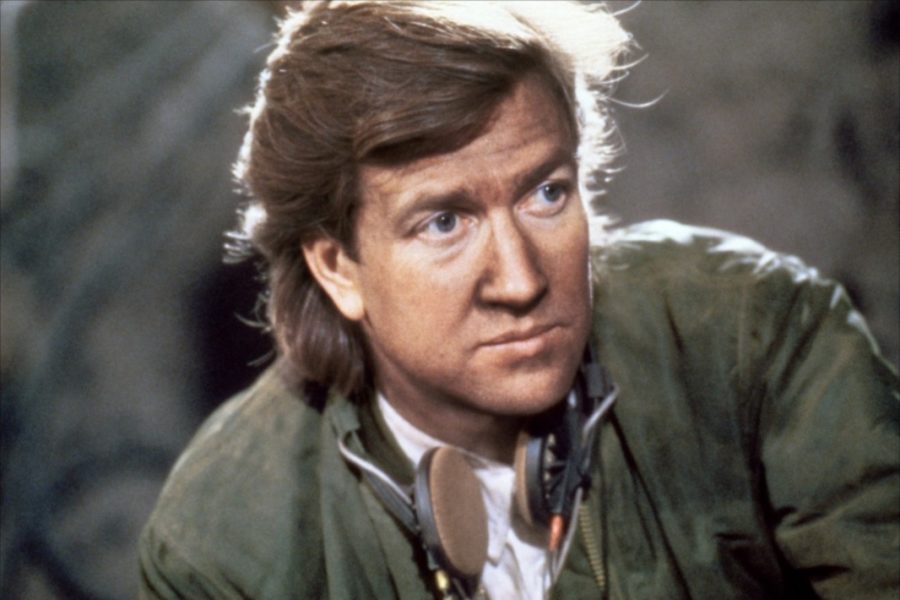
While Denis Villeneuve’s Dune Part II has sadly been delayed until March 2024, there are four stunningly detailed Arrakis-centric books to get fans through this Atreides-less autumn. These new releases warrant an entire column, quite frankly. All qualify as must-owns.
First up is the book fans of David Lynch’s 1984 adaptation have been awaiting for nearly four decades, A Masterpiece in Disarray: David Lynch’s Dune — An Oral History by Max Evry (1984 Publishing). For more than 500 (!) pages, Evry takes us through every element of the conception, creation, destruction, and legacy of the film. The book also features new interviews with the key players––Kyle MacLachlan, Sean Young, even (briefly) Lynch himself. “For me personally, Dune is a failure,” Lynch tells Evry. “But I want to say today that I was so fortunate to work with the greatest bunch of actors and the greatest crew!” This is a book to be cherished, and one that is likely the definitive account of the making of a poorly-treated film.
The Spice Must Flow by Ryan Britt (Plume) is a comprehensive, hugely enjoyable study of the entire history of Dune, from the life of Frank Herbert and the creation of his series to famously aborted film versions and, finally, Lynch’s underrated 1984 adaptation, the 2000s Sci Fi Channel miniseries from John Harrison, and finally Villenueve’s critically and commercially successful 2021 film. I adored Britt’s humor-filled but deeply respectful approach to Herbert and the universe he created.
The Worlds of Dune: The Places and Cultures that Inspired Frank Herbert by Tom Huddleston (Frances Lincoln) covers similar ground but features alluring visuals and artwork. Its explanation of the influence of Arabic texts on Herbert’s work is especially illuminating.
Lastly, Insight Editions follows up 2021’s The Art and Soul of Dune (covered here) with Dune Part One: The Photography by Chiabella James. She was the unit photographer on set, and her work here is breathtaking. Can we fast-forward to March, please?
Great directors in conversation:
Any year in which there are new films from both Christian Petzold and Hirokazu Kore-eda is a good one. While 2023 has already seen the release of Petzold’s hugely acclaimed Afire, Kore-eda’s Monster is yet to come. These heavyweights have each earned new entries in two of the finest book series on the market. Christian Petzold: Interviews, edited by Marco Abel, Aylin Bademsoy, and Jaimey Fisher, is the latest volume in the Conversations with Filmmakers Series from the University Press of Mississippi. And while Petzold’s more recent works (Barbara, Phoenix, Transit, Undine) are well-represented, the book also spends a great deal of time on his lesser-known early output. One of my favorite interviews here, from 2005, offers this lovely anecdote from Petzold: “My daughter is nine, and each Friday we watch together a film on DVD. Her favorite film is François Truffaut’s The Wild Child. For a week I ran around: ‘She loves The Wild Child.’”
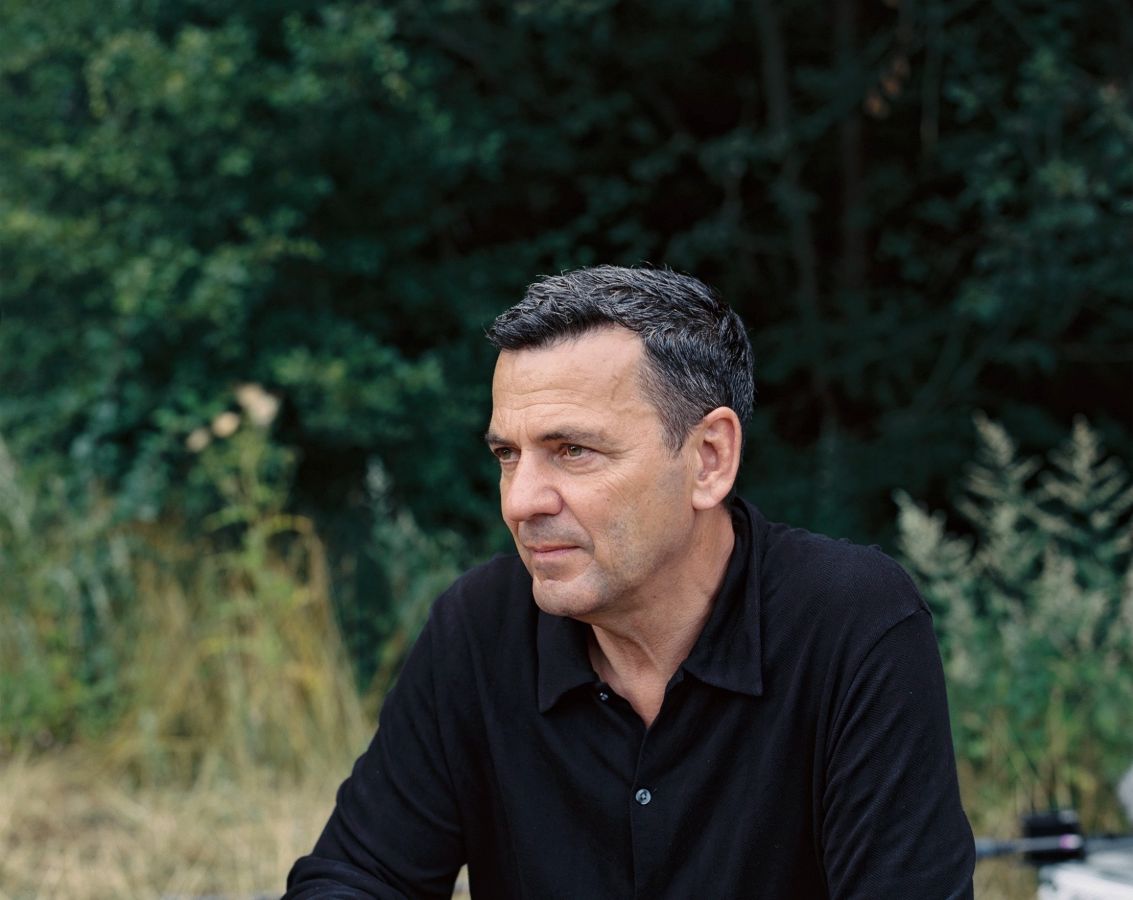
Kore-eda Hirokazu by Marc Yamada, an entry in the University of Illinois Press Contemporary Film Directors, offers a close read of the works of one of the world’s most deeply human writer-directors. The section studying 2018’s Shoplifters is especially strong. But his entire corpus––even films that did not work for me, like 2019’s The Truth––is shown to be well worth analyzing. “At the heart of Kore-eda’s films is an attempt to express the value, importance, and agency of human experience amid the larger economic, political, and social forces that continually shape it.”
Noteworthy novels (lots of them):
Our look at some recent novels that need to be on your radar is a bit unwieldy, so let’s divide it into some categories.
We’ll start with some famous names turned authors. And there is no name more famous than Tom Hanks, whose first novel, The Making of Another Major Motion Picture Masterpiece (Knopf), is a treat. It covers terrain––the world of movie-making––that Hanks knows very well. The same is true of Tim Blake Nelson, whose City of Blows (The Unnamed Press) takes a more biting look at the motion picture industry. Anna Biller, writer-director of 2016’s spellbinding The Love Witch, has written the gothic swooner Bluebeard’s Castle (Verso Fiction). Finally, there has been some mockery and suspicious coverage of Nineteen Steps by Millie Bobby Brown, much of it due to its creative process; Brown is the credited author “with” Kathleen McGurl. However Steps came together, it’s a book that’ll work well for young audiences; this story of wartime romance in London as German bombs dropped may not be original, but it is certainly involving.
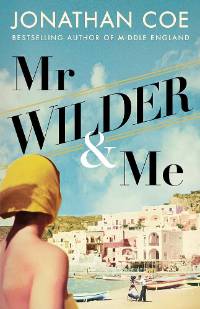
The books from Tom Hanks and Tim Blake Nelson also fit our second category, novels about the world of cinema. First is Jonathan Coe’s Mr. Wilder & Me (Europa Editions), a warm and funny coming-of-age tale with a clever setting: the set of Billy Wilder’s disastrous (but fascinating) Fedora in ’70s Greece. Another European-set story is The Woman in the Castello by Kelsey James (John Scognamiglio); it’s a stylish, haunting novel about an American actress filming a horror movie at a castle in 1960s Italy. Horror cinema and doomed heroines are also key elements of Burn the Negative by Josh Winning (G.P. Putnam’s Sons), a creepy romp for fans of Grady Hendrix. Similarly enjoyable is the Hollywood heist thriller Breaking In by Tyler Schwanke (Blackstone Publishing) and Do Tell by Lindsay Lynch (Doubleday); the latter is an Old Hollywood-set romp about an actress-turned-gossip columnist. Lastly, Such Good Friends by Stephen Greco (Kensington Books) is a dishy affair about the friendship between Truman Capote and socialite (and sister to Jackie Kennedy) Lee Radziwill.
Next, let’s review some new works from authors who rank among the majors––i.e., important names whose books are appropriately seen as major releases. Megan Abbott’s The Turnout was one of my favorites from recent years, and her newest, Beware the Woman (Putnam), is even creepier and more haunting. The Guest (Random House) is another mind-bender from Emma Cline, author of The Girls. In The Invisible Hour (Atria Books), Alice Hoffman turns her eye to a young girl in a cult who becomes entranced by The Scarlet Letter. Room author Emma Donoghue based Learned by Heart on the true story of young women in love at a British boarding school in the early 1800s. And Ann Patchett, whose novel State of Wonder is one of my all-time faves, returns with Tom Lake (Harper), about the complexities of mothers, daughters, and faded love.
There are several notable releases from rising literary stars whose names you should know, starting with Clémence Michallon. Her novel The Quiet Tenant (Knopf) is a wildly ambitious thriller about the women in the orbit of a serial killer––his daughter, his girlfriend, and a near-victim. In My Murder (Riverhead Books), Katie Williams crafts a deliciously dark comic thriller about a murdered woman returned to life and seeking the truth about her death. Catriona Ward has written several chilling novels, and Looking Glass Sound (Tor Publishing Group) is her best yet. It’s about an author attempting to remember secrets from his youth who begins to doubt his own memory. The St. Ambrose School for Girls (Gallery Books) by Jessica Ward is begging for an adaptation; this is a fiercely funny boarding-school mystery. In Pet (Europa Editions), Catherine Chidgey tells a horrifically compelling story of a 12-year-old in 1980s Australia. Daniel Mason’s North Woods (Random House) is a decades-spanning wonder centered on a house in New England. And The Late Americans by Brandon Taylor (Riverhead Books) is a mesmerizing novel about a group of friends in Iowa City.
There are a number of novels here that I would call brisk delights, chief among them The Housekeepers by Alex Hay (Graydon House). This heist novel, set in early-1900s England, is an absolute corker. The Paris Deception by Brynn Turnbull (MIRA) is a more somber, no-less-readable affair about stolen art and brave women in Nazi-occupied France. Alicia Thompson, author of Love in the Time of Serial Killers, is back with a very funny love story set at a theme park in Orlando (no, not that one) titled With Love, From Cold World (Berkley). Matthew Norman’s Charm City Rocks: A Love Story (Dell) is a sweet rom-com for music fans. And The Rachel Incident by Caroline O’Donoghue (Knopf) is a hilarious, emotionally resonant novel that reminded me of Sally Rooney.
Our last category (because this is getting exhausting) is what we’ll call airport reads, or, the type of pure entertainment that goes down nice and easy when waiting for your Thanksgiving flight home. Over the summer, Blackstone Publishing released a number of novels the late Michael Crichton wrote under a pseudonym during med school, including Binary, Grave Descend, and Zero Cool. Stieg Larsson famously passed away before the release of his Lisbeth Salander novels, but the character has continued. The seventh release featuring Salander (and crusading journalist Mikael Blomkvist), The Girl in the Eagle’s Talons, was released this fall. Sleepless City by Reed Farrel Coleman (Blackstone Publishing) is a new crime series centered around a rough-and-tumble “fixer” named Nick Ryan. Star Wars: Inquisitor: Rise of the Red Blade by Delilah S. Dawson (Random House Worlds) is a fresh look at a fallen Jedi. And finally, while I have not played the game Cyberpunk 2077, I thoroughly enjoyed the offshoot novel Cyberpunk: No Coincidence (Orbit) by Rafał Kosik. The Polish sci-fi writer brings the fictional Night City to vivid life.
New to Blu-ray and 4K
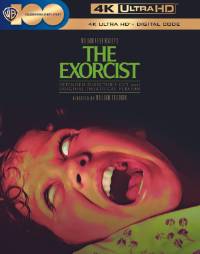
The film world is still coping with the loss of William Friedkin. However, this fall we have been blessed with more activity than we’ve had in years, including the debut of his final film, The Caine Mutiny Court-Martial and 4K release of The Exorcist (Warner Bros. Home Entertainment). The release uniquely includes the theatrical and extended cuts, along with a treasure trove of features. Paul Schrader famously directed an Exorcist prequel that was not very well-received. (Long story.) A Schrader classic that continues to draw acclaim, though, is 1979’s Hardcore. The subject of a captivating chapter in Quentin Tarantino’s Cinema Speculation has been released on 4K by Kino Lorber, and watching this grim, unsettling drama again is a revelation. David Bowie, of course, wrote the goosebump-inducing title song for Schrader’s Cat People.
There are multiple goosebump-inducing moments in Brett Morgen’s Bowie documentary Moonage Daydream (Criterion). The film looks and sounds glorious in 4K, and it offers surprises at every turn; as Jonathan Romney points out in his booklet essay, its “musical content is anything but a standard hits package: provocatively, the first featured number is a thunderous ‘Hallo Spaceboy,’ a track from the eccentric, polarizing 1995 album Outside.” On to another late icon: What a treat it is to see 1987’s La Bamba receive the Criterion treatment. Luis Valdez’s Ritchie Valens biopic is one of the finest music films of the 1980s, with fine performances from Lou Diamond Phillips and Esai Morales and killer music by Los Lobos. Special features include conversation between Valdez and Robert Rodriguez.
